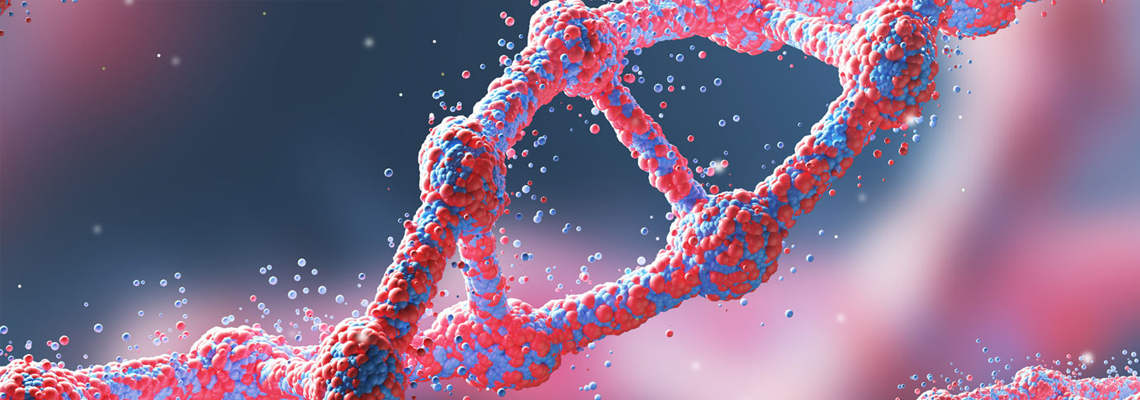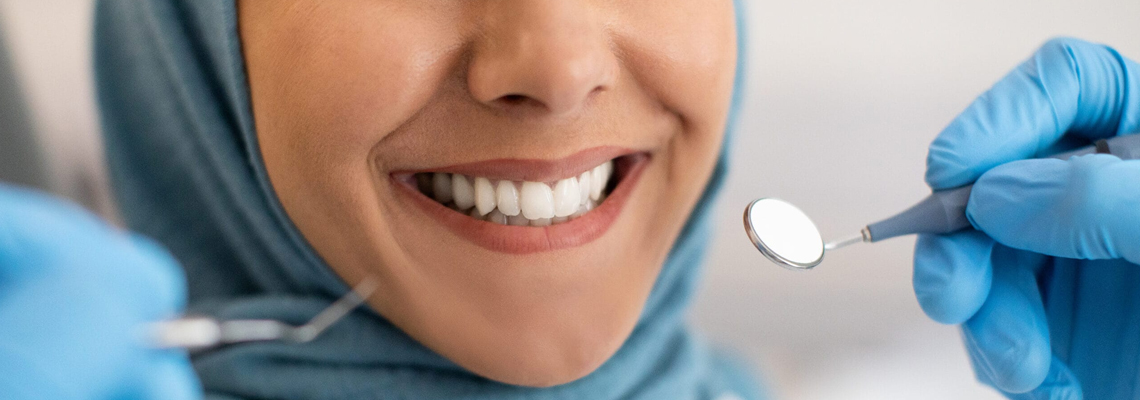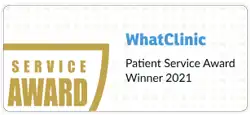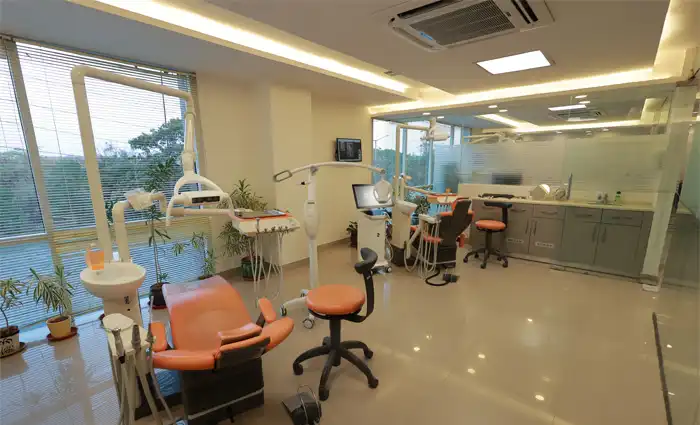You brush, floss, and avoid sugar religiously—yet cavities still plague your smile. Meanwhile, your friend who snacks on candy and skips nightly flossing remains cavity-free. The difference might lie in your DNA. Emerging research reveals that genetics play a starring role in dental health, influencing everything from enamel strength to saliva chemistry. Let’s decode why some people are biologically wired for cavity resistance while others battle decay despite meticulous care.
The Genetic Blueprint of Tooth Armor
Tooth enamel, the hardest substance in the human body, is your first defense against decay—and its strength is written in your genes. Variations in genes like AMELX and ENAM directly impact enamel formation. These genes guide proteins that mineralize enamel during tooth development. Individuals with certain mutations develop thinner, weaker enamel that’s more permeable to acid attacks.
The shape of your teeth also has genetic roots. Deep grooves in molars (common in people with Native American or Asian ancestry) trap food particles, while tightly spaced teeth (often seen in those of European descent) create hard-to-clean areas. Even the number of teeth you have—whether extra molars or missing lateral incisors—is dictated by genetic codes like the MSX1 gene.
Saliva: Your Mouth’s Genetic Defense System
Your saliva does more than lubricate—it’s a genetically programmed antimicrobial cocktail. The FUT2 gene determines your ability to produce specific glycoproteins that bind cavity-causing bacteria, preventing them from adhering to teeth. About 20% of people inherit non-functional FUT2 variants, making their saliva less effective at blocking bacterial colonization.
The composition of your saliva’s buffering agents is another genetic lottery. Genes regulating carbonic anhydrase VI (CA6) determine how quickly your saliva neutralizes acid after eating. Fast neutralizers (with high CA6 activity) recover from acid attacks within minutes, while slow neutralizers may take hours—a critical difference in cavity formation.
Immune Genes: The Invisible Cavity Fighters
Your immune system’s response to oral bacteria is encoded in your DNA. Variations in DEFB1, the gene responsible for beta-defensin antimicrobial peptides, influence how aggressively your body attacks Streptococcus mutans (the primary cavity-causing bacteria). Overactive immune responses can backfire, though—some people’s genetics trigger excessive inflammation that damages gum tissues, creating entry points for decay.
The HLA gene family adds another layer of complexity. Certain HLA variants make individuals more susceptible to specific bacterial strains, while others provide broad protection. This explains why some families share patterns of decay locations (e.g., recurring cavities between particular teeth).
Sweet Genes: How DNA Shapes Your Sugar Cravings
Your preference for sugary foods isn’t just willpower—it’s wired into your TAS1R2 and TAS1R3 taste receptor genes. Hyper-sensitive “supertasters” (common in people with Asian ancestry) often find sweets overwhelming, naturally limiting sugar intake. Conversely, those with less responsive sweet receptors may unconsciously consume more sugar to achieve satisfaction.
Metabolism genes like GCKR determine how quickly your body processes sugars. Fast metabolizers clear glucose from saliva rapidly, while slow metabolizers bathe their teeth in sugar for longer periods. When combined with sweet-tooth genetics, this creates a perfect storm for decay.
Cracking Your Genetic Dental Code
While you can’t rewrite your DNA, understanding your genetic risks empowers smarter prevention:
- Enamel warriors: If family history suggests weak enamel, prioritize remineralizing toothpaste with nano-hydroxyapatite
- Slow neutralizers: Rinse with alkaline water after meals to boost saliva’s pH-balancing efforts
- Sugar cravers: Use xylitol gum to satisfy sweet cravings while inhibiting bacterial growth
Genetic testing kits now screen for cavity-related variants like MMP20 (enamel formation) and CA6 (acid buffering). While not definitive, these insights help dentists tailor prevention plans—a practice called precision dentistry.
Your Ancestry’s Dental Legacy
Population genetics reveal fascinating patterns:
- Native Alaskans have high rates of ACTN3 variants linked to robust enamel
- Scandinavian populations show prevalent AQP5 mutations causing reduced saliva flow
- Mediterranean lineages often carry AMY1 gene duplications that enhance starch digestion (and related cavity risks)
These inherited traits explain why cavity rates vary dramatically across ethnic groups, even with similar diets and hygiene habits.
Rewriting Your Dental Destiny
Your genes load the gun, but lifestyle pulls the trigger. While hereditary factors account for 60% of cavity risk, proactive care can override genetic disadvantages. Fluoride varnishes can compensate for thin enamel, while probiotics like L. reuteri help rebalance high-risk oral microbiomes.
Emerging technologies like CRISPR-based gene editing hold future promise—scientists have already corrected enamel defects in mice by modifying ENAM genes. While human applications are years away, they highlight a future where DNA isn’t dental destiny.
Your Smile’s Genetic Roadmap
Understanding your mouth’s genetic vulnerabilities transforms cavity prevention from guesswork to strategic defense. By combining DNA insights with targeted care, even those with “bad dental genes” can achieve lasting oral health. Remember, every genetic weakness has a scientific workaround—your job is to discover and deploy yours.
Are You Looking For Dental Implants
Click on the links below to learn more about the approximately $50,000 savings option for Dr. Motiwala’s packages.
- Full mouth dental implants & Cost of Treatment
- Smile Makeover & Cost of Treatment
- Watch 100’s of Testimonials from our International Patients
Make An Appointment!
Please contact us if you have dental difficulties or are interested to know about dental implants and how they might improve your smile. Dr. Motiwala Dental Clinic & Implant Center may be reached at +91 99596 14584. You can also Contact Us by clicking the banner below.




















